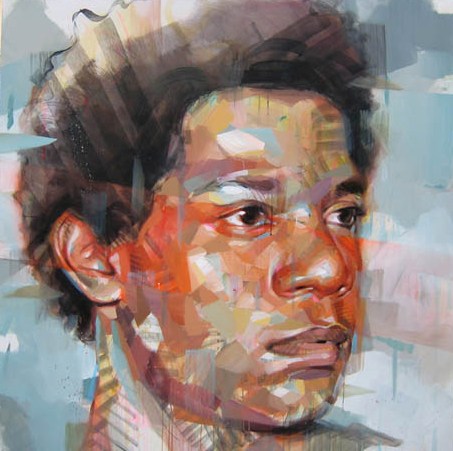“I’m living in the material world
Living in the material world
can’t say what I’m doing here
But I hope to see much clearer,
After living in the material world
I got born into the material world
Getting worn out in the material world
Use my body like a car,
Taking me both near and far
Met my friends all in the material world
Met them all there in the material world
John and Paul here in the material world
Though we started out quite poor
We got ‘Richie’ on a tour
Got caught up in the material world
From the Spiritual Sky,
Such sweet memories have I
To the Spiritual Sky
How I pray
Yes I pray
That I won’t get lost
Or go astray
As I’m fated for the material world
Get frustrated in the material world
Senses never gratified
Only swelling like a tide
That could drown me in the
Material world
From the Spiritual Sky,
Such sweet memories have I
To the Spiritual Sky
How I pray
Yes I pray
That I won’t get lost
Or go astray
While I’m living in the material world
Not much ‘giving’ in the material world
Got a lot of work to do
Try to get a message through
And get back out of this material world
I’m living in the material world
Living in the material world
I hope to get out of this place
By the LORD SRI KRSNA’S GRACE
My salvation from the material world
Big Ending”
George Harrison
1973
 Photograph of George Harrison chosen for the publicity posters (and for the front cover of the accompanying book) of Living In The Material World. it was taken during the filming for the Beatles movie Help! (Richard Lester, 1965).
Photograph of George Harrison chosen for the publicity posters (and for the front cover of the accompanying book) of Living In The Material World. it was taken during the filming for the Beatles movie Help! (Richard Lester, 1965).
In 2007 Martin Scorsese wrote a short cinematographic appreciation of Help! for the book that comes with both the standard and the deluxe DVD box set re-issue of the mentioned film .
 George Harrison: Living in the Material World (Martin Scorsese, 2011) is a documentary film based on the life of Beatles member George Harrison. It earned six nominations at the 64th Primetime Emmy Awards, winning two Emmy Awards for Outstanding Nonfiction Special and Outstanding Directing for Nonfiction Programming.
George Harrison: Living in the Material World (Martin Scorsese, 2011) is a documentary film based on the life of Beatles member George Harrison. It earned six nominations at the 64th Primetime Emmy Awards, winning two Emmy Awards for Outstanding Nonfiction Special and Outstanding Directing for Nonfiction Programming.
The film follows music legend George Harrison’s story from his early life in Liverpool, the Beatlemania phenomenon, his travels to India, the influence of Indian culture in his music, and his relevance and importance as a member of The Beatles. It consists of previously unseen footage and interviews with Olivia and Dhani Harrison, friends, and many others.
After Harrison’s death in 2001, various production companies approached his widow Olivia about producing a film about her late husband’s life. She declined because he had wanted to tell his own life story through his video archive. Upon meeting Scorsese, she gave her blessings and signed on to the film project as a producer.
According to Scorsese, he was attracted to the project because “That subject matter has never left me…The more you’re in the material world, the more there is a tendency for a search for serenity and a need to not be distracted by physical elements that are around you. His music is very important to me, so I was interested in the journey that he took as an artist. The film is an exploration. We don’t know. We’re just feeling our way through.”
Throughout 2008 and 2009, Scorsese alternated working between Shutter Island and the documentary.
To watch the trailer, please, take a gander at The Genealogy of Style‘s Facebook page: https://www.facebook.com/pages/The-Genealogy-of-Style/597542157001228?ref=hl
































